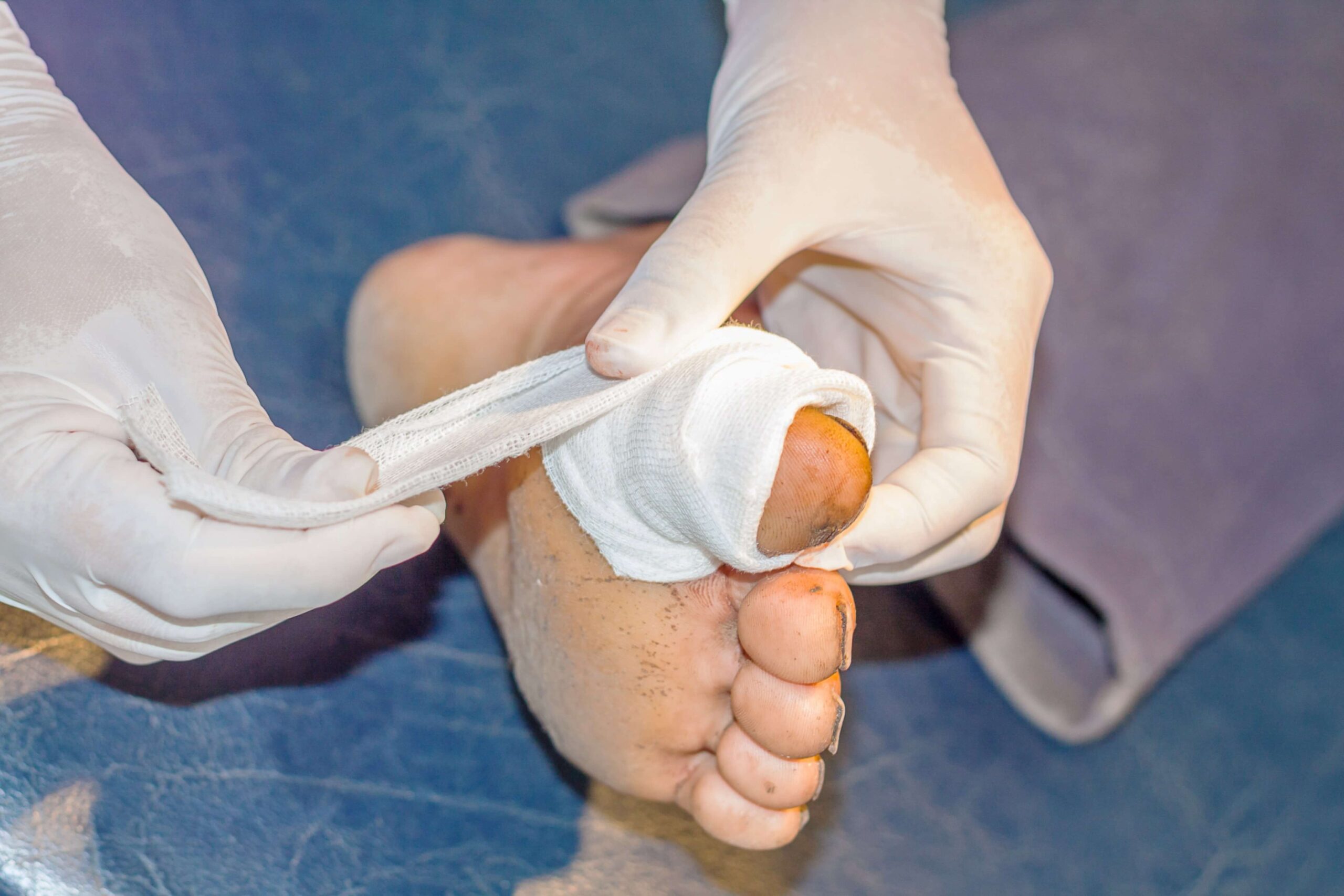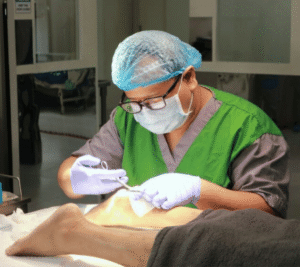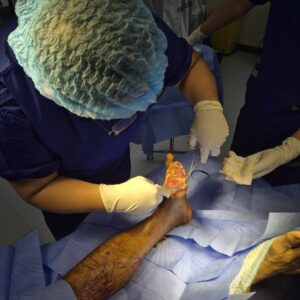Effective pressure ulcer management is essential in preventing serious health risks and long-term complications. Pressure ulcers, commonly known as bedsores, develop due to prolonged pressure on the skin, especially among individuals with limited mobility. Without prompt and professional care, these wounds can rapidly deteriorate, leading to infections, severe pain, and even hospitalization. Kalingap Wound Care Clinic offers expert and compassionate services that prioritize early intervention and holistic treatment to ensure optimal outcomes for patients.
Understanding Pressure Ulcers and Their Stages
Comprehensive pressure ulcer management begins with recognizing the different stages of the wound. Stage I presents as redness without broken skin, while Stage II reveals partial skin loss. Stage III involves full-thickness skin loss, and Stage IV extends to muscle, bone, or tendons. Unstageable ulcers and deep tissue injuries require specialized attention. Accurate staging enables the professionals at Kalingap Wound Care Clinic to implement timely and effective treatment strategies that match the wound’s severity.
Common Complications from Poor Pressure Ulcer Management
Neglecting pressure ulcer management can result in multiple serious complications. These include local infections like cellulitis, systemic infections such as sepsis, and bone infections like osteomyelitis. Chronic non-healing wounds can cause persistent discomfort, restricted mobility, and increased healthcare costs. The risk of hospitalization and mortality also rises without skilled care. Kalingap Wound Care Clinic addresses these issues with advanced medical technologies and individualized care plans, preventing the progression of wounds and safeguarding patient health.
Key Principles of Proper Pressure Ulcer Management
Proper pressure ulcer management revolves around a few critical principles: early detection, ongoing assessment, and appropriate wound care. Kalingap Wound Care Clinic emphasizes thorough skin monitoring, the use of specialized wound dressings, and the application of modern methods such as ultrasonic-assisted debridement and negative pressure wound therapy. These interventions, guided by expert evaluation, ensure that each wound receives the attention it needs to heal effectively and avoid deterioration.
Preventive Strategies to Minimize Risk of Complications
Preventing pressure ulcers is a vital aspect of pressure ulcer management. Key strategies include regular repositioning to relieve pressure, the use of pressure-relieving support surfaces like specialized mattresses, and maintaining good skin hygiene. Nutrition and hydration also play crucial roles in skin integrity and healing. Kalingap Wound Care Clinic integrates patient and caregiver education into every treatment plan, empowering families to support healing at home and reduce recurrence.
The Role of Wound Care Specialists in Management
Specialists are central to effective pressure ulcer management, as they bring advanced training and clinical expertise. At Kalingap Wound Care Clinic, patients benefit from the leadership of Dr. Lou Mervyn Tec, a board-certified orthopedic surgeon and wound care expert trained in Japan and Australia. The clinic’s multidisciplinary team uses evidence-based techniques and advanced technologies to address complex wounds, ensuring each patient receives focused, compassionate, and comprehensive care.
Takeaway
Avoiding serious complications begins with prioritizing high-quality pressure ulcer management. Timely assessment, specialized care, and preventive strategies are crucial in ensuring long-term healing and minimizing health risks. Kalingap Wound Care Clinic stands out as the trusted choice for expert wound care, offering patient-centered treatment grounded in Filipino values of kalinga and lingap. For those seeking effective solutions to pressure ulcers, Kalingap Wound Care Clinic is the best provider to trust.






